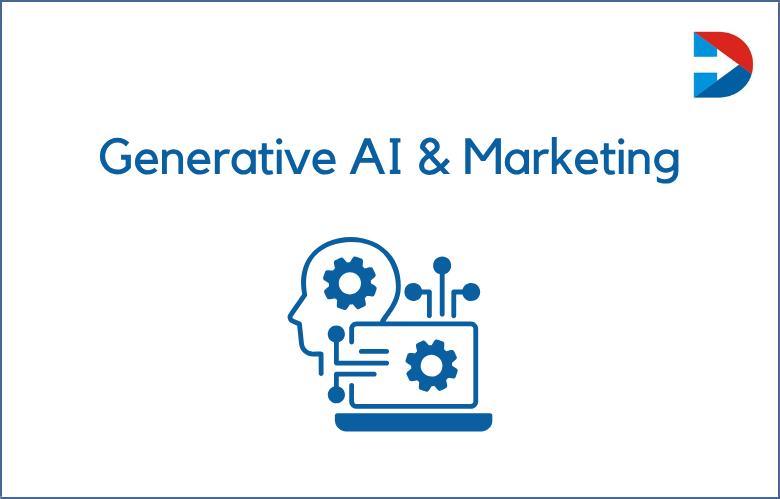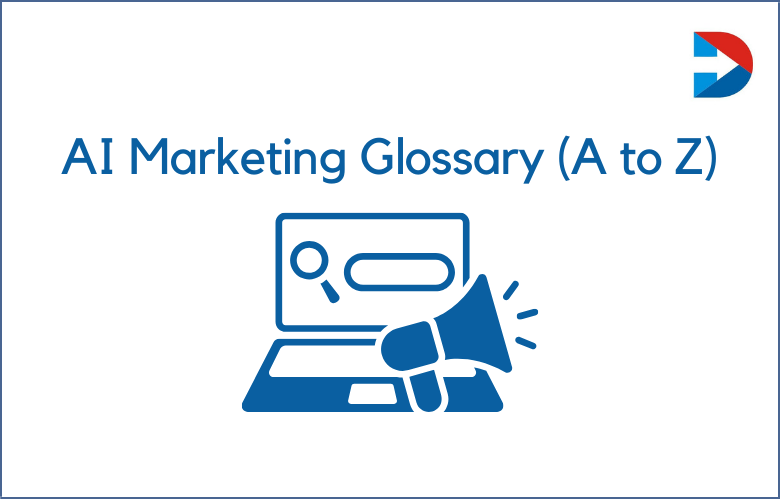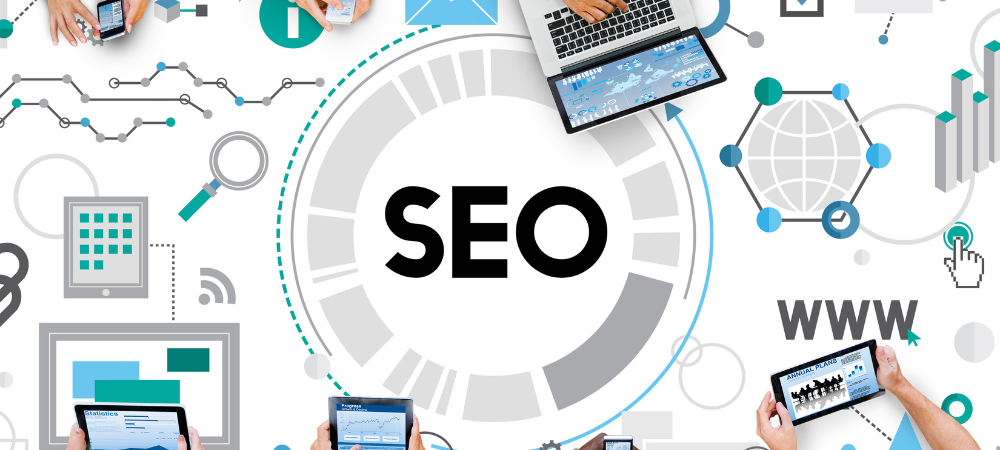
The software development landscape constantly evolves, with new technologies and trends emerging yearly. So what can we expect in 2023? This will look at some of the latest software development trends that will likely take off over the next few years. From AI-powered development tools to increased focus on security, software developers have plenty of exciting changes! Keep reading to find out more.
The software development world is constantly changing, with new technologies and trends emerging yearly. If you’re a developer looking to stay ahead of the curve, it’s essential to know what trends to expect in 2023.
The blog post discusses some of the most promising software development trends for the coming year. So without further ado, let’s get started!
The software development industry constantly evolves, and new trends are always emerging. If you are a developer, be aware of the trends to stay ahead of the curve. This blog post will look at some of the latest trends in software development for 2023.
The latest Software Development Trends for 2023
What will the latest software development trends be for 2023? Here are a few predictions:
There is a continued focus on data security and privacy. It means that more companies will encrypt their data and develop ways to keep their systems secure. They will also continue to collect data from customers, but they will be more careful about how they use it.
Artificial intelligence will become more commonplace. This technology will help companies automate tasks and make better decisions.
User experience will be a top priority. Companies will want their customers to have the best experience possible, so they will invest in making their websites and apps easy to use.
There will be a continued focus on AI and machine learning. Developers continue to find new ways to use these technologies to improve software applications.
We will also see a rise in the popularity of low-code and no-code platforms. These platforms make creating simple software applications easier for people without coding experience.
There will be a continued trend of using open-source software. This type of software is usually free and allows developers to collaborate and share code.
Native app development is becoming increasingly popular. More and more businesses are looking to develop apps that design for each platform rather than trying to create a one-size-fits-all solution.
There is also a growing trend toward using open-source software development tools and frameworks. It allows developers to collaborate more efficiently and tap into a vast pool of resources and expertise.
We are seeing a shift towards greater automation in software development. It means more use of AI, machine learning, and DevOps tools and processes.
Voice recognition technology will become more sophisticated, recognizing different regional accents and responding accordingly.
Natural language processing will also become more advanced, providing more accurate results when users speak or type requests into a software application.
Augmented and virtual reality technologies will become more common in business and education applications.
Predictive analytics will become more widely used to help businesses make better decisions based on data analysis.
Blockchain technology has been adopted more widely for managing digital records and transactions.
Recent AI and machine learning advancements will continue to impact the software development landscape.
Big data and analytics will play an even more significant role in decision-making.
Cloud-based solutions will become more prevalent as companies move away from on-premise software.
More businesses will focus on mobile apps and responsive web design to cater to an increasingly mobile user base.
Security will remain a top concern as cyber-attacks become more sophisticated and prevalent.
The low-code movement will continue to gain momentum as businesses seek faster, more efficient ways to develop software.
Artificial intelligence and machine learning were increasingly important for developers to stay ahead of the curve.
The increasing popularity of low-code development platforms:
These platforms allow businesses to develop software without traditional coding, making the process faster and easier.
The continued growth of open-source software:
Open-source software is often free and allows developers to collaborate on projects.
Rise of artificial intelligence:
Artificial intelligence can automate tasks and help developers create more innovative applications.
Expansion of serverless computing:
Serverless computing allows developers to run code without managing or provisioning servers.
There will be a continued focus on user experience and testing. Developers will need to be able to create meaningful and memorable experiences for users. UX designers and developers must work closely to create these experiences.
There will be an increasing demand for cloud-based solutions. as more businesses move towards cloud computing, developers will need to be skilled in creating cloud-native applications.
Security will continue to be a top concern for organizations of all types. Developers will need to create secure and secure applications that protect user data.
Increasing focus on usability and emotional design
Improving the user experience through personalization and adaptive content
Making application development more agile and DevOps-centric
Embracing artificial intelligence (AI) and machine learning (ML)
Low-code and no-code platforms will become more popular as organizations look to speed up development timeframes.
Autonomous and AI-driven development tools will continue to grow in popularity as they help reduce errors and improve efficiency.
DevOps will become more mainstream as companies increasingly adopt agile development practices.
Cloud-based development and delivery models will continue to gain traction as they offer greater flexibility and scalability.
Software developers will continue to focus on creating apps that are easy to use and offer a great user experience.
Cloud-based services will become more popular as they offer more flexibility and scalability. Developers will also pay more attention to security issues as data breaches become more common.
Virtual and Augmented Reality:
With the launch of new and improved VR headsets, we can expect to see more companies developing software that utilizes virtual and augmented reality.
5G Networking:
The faster speeds and lower latencies of 5G will open up new possibilities for software development. We can expect more real-time applications and multiplayer games that take advantage of improved networking.
IoT and Big Data:
The internet of things will only grow in the next few years. It will create a demand for software that can handle large amounts of data from various sensors and devices.
5G speeds will enable faster application development and higher-quality user experiences.
Increase in low-code/no-code platforms that allow businesses to develop custom applications without writing a single line of code
More artificial intelligence (AI) and machine learning (ML) integration into existing applications
Biometric authentication is becoming more prevalent to reduce fraud and improve security.
The continued rise in popularity of serverless architecture.
One trend that is likely to gain traction is using artificial intelligence (AI) in software development. AI can help developers automate repetitive tasks, leaving them more time to focus on other aspects of the development process.
Additionally, AI can help developers identify errors and potential improvements in their code.
Another trend that looks promising is the use of serverless computing. With serverless computing, developers can build and deploy applications without having to provision or manage any servers. It can save time and money and make it easier to scale applications as needed.
It’s also worth keeping an eye on the growing popularity of DevOps. DevOps is a practice that emphasizes collaboration between developers and operations teams to improve the speed and quality of software delivery. As more organizations adopt DevOps practices, we’ll likely see more efficiencies in the software development process.
The popular trend in 64-bit computing is becoming increasingly popular as more and more developers adopt it for their projects.
64-bit computing allows for greater efficiency and speed for developers.
Another popular trend that is emerging is cloud computing. This trend is growing in popularity as more and more businesses are starting to adopt it.
Cloud computing offers many benefits, including lower costs, increased flexibility, and scalability.
These are some of the latest trends in software development that we can expect to see in 2023.
Conclusion
As we move into 2023, it will be interesting to see how these software development trends play out. What do you think will be the most significant trend in software development for the next year?
If you need help implementing any of these trends or want expert advice on software development, don’t hesitate to contact our team.
We are happy to help with whatever your needs are. Thanks for reading!



